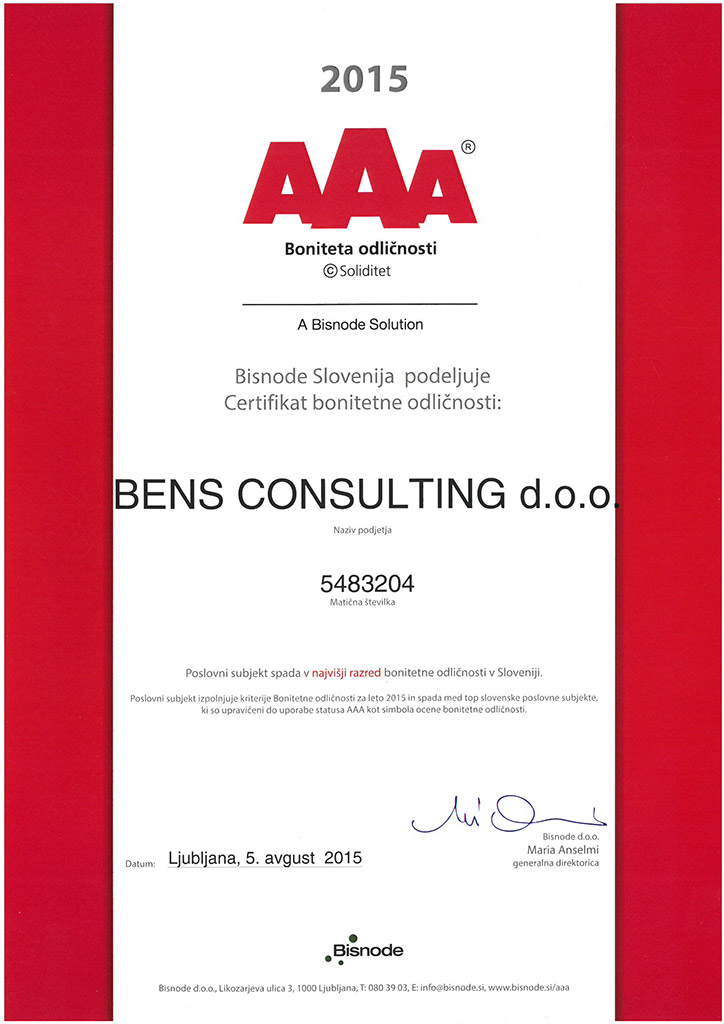Here are the 7 myths about safety data sheets (SDSs) and labels, which I frequently hear and which are considered to be true.
However, they are not.
Since there are too many myths for one article, let me share today with you the first 3 (and the remaining 4 will follow in a day or two) ...
#1: Only inspectors read safety data sheets
False. Safety data sheets are a relevant source of information for those who deal with chemicals. These include safety engineers, chemicals consultants, doctors, transporters and storage managers.
Section 8 of an SDS is of key importance for a professional user, such as a safety engineer. This section indicates protective equipment (protective mask, filter, work shoes, clothes etc.). It's also indicated under this section, to which substances workers are exposed and the limits for safe usage (e.g. what is still a safe concentration of acetone in the air).
A doctor, for instance, needs SDSs for preparing a risk assessment for a workplace. In this case, SDS data present the basis for the preparation of such an assessment/document.
Those interested in waste and waste management, can find relevant information under Section 13. Section 14 is important for transporters, so they are informed about the type of chemicals they are transporting.
All information is collected in one safety data sheet and is therefore intended for various experts (and not merely inspectors, which is often the popular belief people share).
#2: Safety data sheets are too long
Absolutely not.
An SDS is full of information relevant to various experts (which is partially evident from the facts mentioned above), this is why it is that long. It actually covers 16 different fields of work.
Let's see how important this information is for someone preparing or reviewing an SDS.
Let's say that I'm preparing an SDS for a mixture. First, we have to find safety data sheets for all of the substances. If you have an SDS for a substance, you have to review the entire document to include all the relevant information in the SDS for a mixture, so that everybody in the supply chain receives the right information, important to them.
As such safety data sheet presents a source of information for all those in the supply chain. A consumer is not really interested in the entire contents of an SDS, but if you're an expert, every piece of information can be very important. In my experience, there's never too much of such relevant information.
Because the scope of use of a certain chemical is very wide, the SDS must contain so many different kinds of information. A safety data sheet therefore comprises all data, collected in one place. The basic rule is that the SDS must provide relevant information for each user profile.
No one says that a safety data sheet is a short document, but with regard to the quantity of very important information (also from the aspect of safety), it is most certainly not too long.
#3: A compiled safety data sheet always applies
Not true.
Three factors influence the update of safety sheets (and labels).
Firstly, the product composition can change. This was especially evident during the economic crisis when companies searched for cheaper materials and product recepture changed several times in a year.
Secondly, safety data sheets for product substance recepture can also change. The fact is that substances are constantly studied and thus being newly categorised. Do you remember the boric acid case? Years ago, the popular boric acid was present in many products for generic use (it was even used in cosmetic products) and was categorised as non-hazardous.
Then it became very hazardous – toxic for reproduction – and as a result, a new safety data sheet for boric acid had to be made. In addition, safety data sheets had to be made again for all products (composites) containing boric acid.
The third factor is the one that most people know – change in legislation. Safety data sheets must be adapted to legislation changes. In the past few years, the most known change was the transition from DPD to CLP legislation, which introduced a new system of labelling and categorisation.
If a safety data sheet ever was a static document, it hasn't been such a document for quite some time now.
There are 4 more myths I would like to write about, and I'll publish them in a day or two.






 Back to posts
Back to posts

